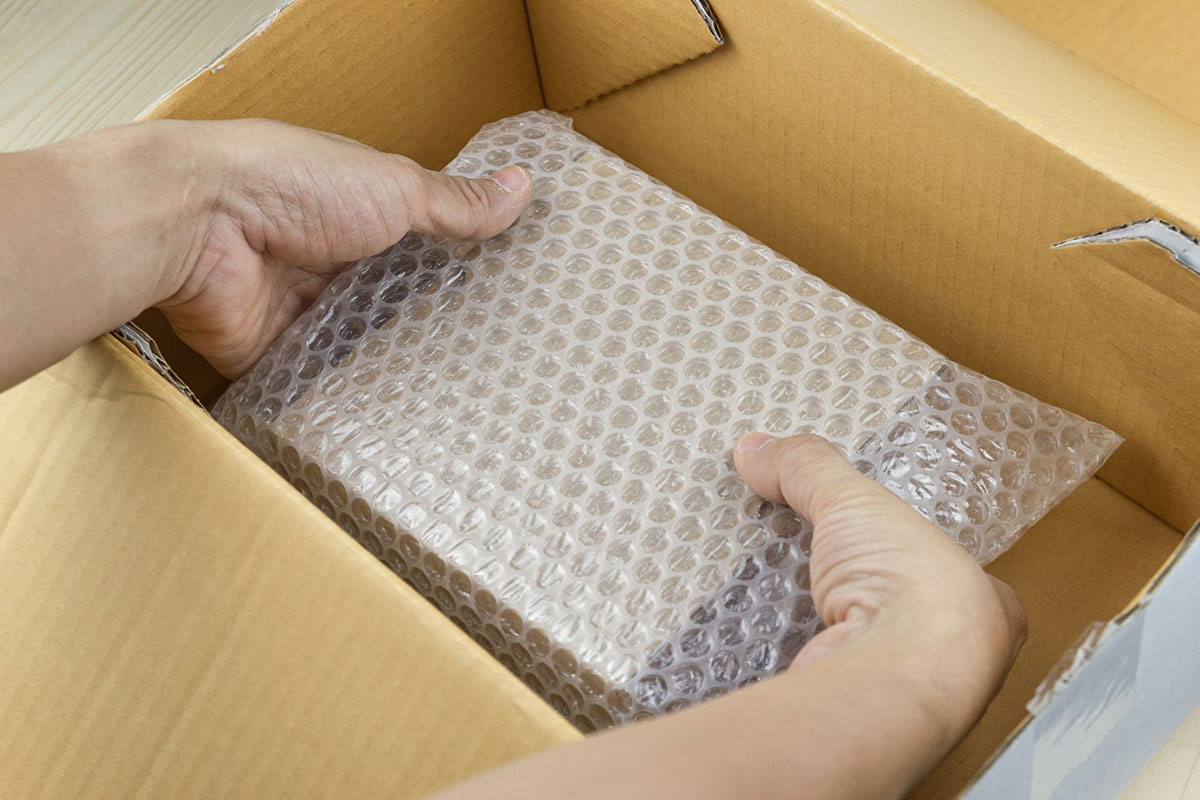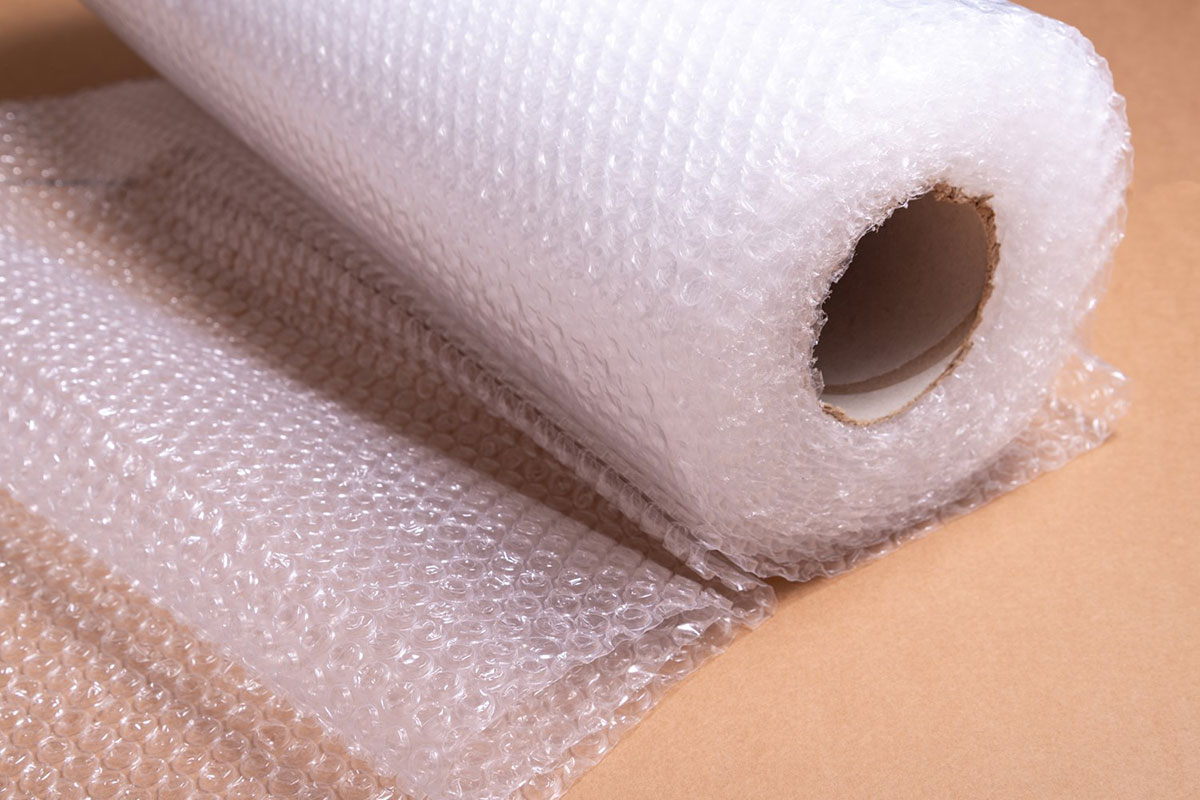(02) 8417 2190

The Surprising Truth! Which Side of Bubble Wrap Should You Use?

Bubble wraps are a popular type of packaging material used to protect fragile items that are being shipped across different states and countries. It is made from durable plastic with 'bubbles on one side, which makes it ideal for protecting items while still being lightweight. Many people don't know that there is a right and wrong way to use it. This can lead to a misuse of bubble wraps, which can cause damage to the items they are supposed to protect.
Bubble Wraps: The Right Side
Bubble wraps can be used in a number of ways. This is because bubble wraps should have air pockets at the top, bottom, sides, and ends of any object or item. It is so that nothing can touch them or strike them during delivery.
If you think that bubbles should face the outside of the packaging, you are wrong. Packaging materials should have the bubbles and air pockets facing the inside. If any part of the package is struck or jostled, it will stay protected. The bubbles act as a soft buffer, providing extra protection for the contents of the package.
The bubbles facing inwards provide packaged items with a better grip. The wrap's outer material is not as grippable. It's smoother. The item's movement during transportation can be increased by the texture. It will be easier to attach the packaging tape to the bubble wrap if you have the smooth side facing you. This would make it easier to label when needed.
Protecting the bubbles is another reason that the bubbles should face the object. This protects the fragile air pockets and prevents them from being punctured with sharp objects. This can help reduce bubble waste and make it easier to reuse the wrap for packing. Bubble wraps are also considered to be environmentally friendly and provide ultimate protection.
The wrap's outer side is always exposed to the elements and dirt. While it is being stored or transferred, it may collect dust and grime. Because it is easier to clean, the smooth side should always be facing outwards. This is in contrast to bubbles that have many grooves and nooks that can be difficult to clean when dirt gets inside.

What if you use the wrong side of the bubble wrap?
Using the wrong side of bubble wrap can mean that you're risking the bubbles themselves--especially when there are sharp objects inside or outside a package. This will cause your item to be damaged and the bubbles lose their function as cushions.
It can be hard to secure the package properly with tape if the wrong side is exposed. This can cause adhesive to not stick to the package as well. Uneven surfaces can hinder adhesion. You will need to replace additional tapes frequently if they become loose. This can cause the item in the package to shift more, and could increase the chance of it being damaged or scratched.
You should not have the wrong side facing towards fragile items. This could lead to your package falling more often. It will be more difficult to hold the package down if it is facing in the wrong direction. This can lead to problems during transport. Your package may shift, requiring additional tape or other materials to secure it.
Summary
Bubble wrap protects your items against shocks, scratches and other damages. To achieve this goal, bubble wrap must be used on the right side. If you place the wrong side of the bubble wrap outwards, your package could shift inside the box and become more susceptible to damage and scratches.
To protect both sides of your bubble wrap, make sure you have it facing the object. It will provide a cushioning layer and better grip for the item being packed. It will also help reduce the tackiness of tape and the popping of bubbles.
It's also important that you use bubble wrap with the right side facing outwards if you have fragile objects to package. Otherwise, it will be difficult to secure.
